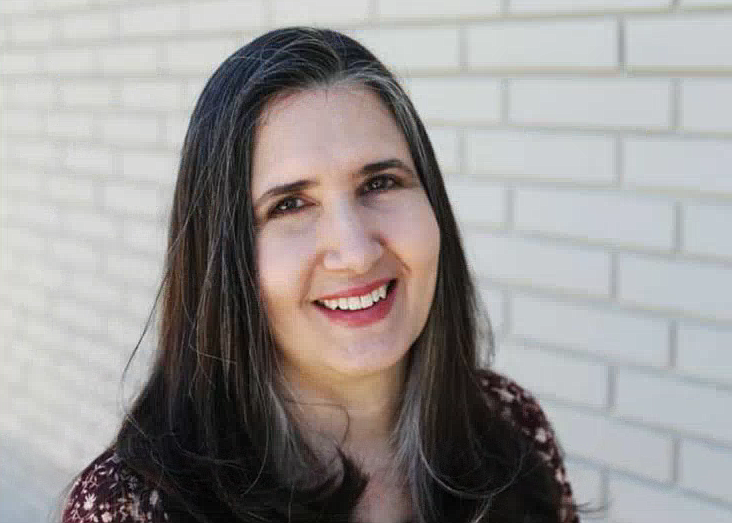The photophone: Does that ring a Bell?
SHOLEH PATRICK | Hagadone News Network | UPDATED 4 years AGO
On this day in 1880 (as Pearl Harbor tragically endured its onslaught), Alexander Graham Bell patented the photophone. This machine that carried sound along a beam of light, not the telephone patented in 1876, was the one Bell considered his most important invention.
It took more than a century, but he was probably right. The photophone was a precursor to modern fiber optics which have revolutionized communication systems, powering today’s internet, TV and phone connections.
While Bell remains remembered mostly for the telephone (given our modern obsession with it), he was a serial inventor — always working on some new technology with enduring connections to modern life.
His early focus on speech was no coincidence; sound played a big part in Bell’s life. His family, early career, and inventions centered on deafness. His wife was hearing-impaired.
Helen Keller. Bell also had a hearing-impaired mother in Canada. A year after emigrating there from Scotland he moved to the U.S. to teach speech to deaf children. There he met young deaf and then-mute Helen Keller, whom Bell connected with her remarkable teacher, Anne Sullivan. Keller’s and Bell’s friendship lasted many years.
The first call. Transmitting sound with electricity was once considered impossible. Starting with the technology of a telegraph machine (those clicks make sound), Bell figured out how to transmit current and, eventually, sound waves across a wire. The first phone call was from Bell to his assistant Thomas Watson in the next room. Bell said, “"Mr. Watson, come here. I need you."
(Inventor Elisha Gray was also working on the telephone, but Bell barely beat him to the patent. Lawsuits ensued and Bell retained credit.)
Farming. As an inventor Bell started early. As an 11-year-old in Scotland he invented a machine to clean wheat.
Air conditioning. When no one had one, Bell’s home had a precursor to modern air conditioning called an “ice stove” which simply blew air over blocks of ice.
Aviation. Spanning three years and more than 1,000 experiments mostly in Canada, Bell’s team won a Scientific American trophy in 1908 for their designs, including the tetrahedral kite. Their designs contributed to the development of modern aircraft, including the “Silver Dart” which made the first powered flight in Canada.
Metal and medicine. When an assassin shot President Garfield in 1881, Bell invented an electromagnetic machine to detect where the bullet was lodged. Garfield later died, but the device was a precursor to the modern metal detector.
Sound recording. The graphophone, co-invented in 1886 with cousin Chichester Bell and Charles Tainter, looked like a roller which could record and play back sound. It worked better than Edison’s phonograph.
National Geographic. In 1898 Bell and his son-in-law Gilbert Grosvenor took over the dry National Geographic Society, adding beautiful photographs and more interesting articles to help it become one of the world’s best-known magazines. He’s also one of the founders of Science magazine.
After Bell died in 1922, all telephone service in the U.S. was stopped for one minute in his honor.
“The inventor looks upon the world and is not contented with things as they are. He wants to improve whatever he sees; he wants to benefit the world; he is haunted by an idea.” — Alexander Graham Bell
Sholeh Patrick is a columnist for the Hagadone News Network. Email [email protected].
ARTICLES BY SHOLEH PATRICK
Fascist or socialist: Name-calling defined
Here are some facts behind explosive labels

MLP: Repeat it again?
Like sunshine to the desk-chained office drudge, like the length of this sentence, useless words are tantamount to frustration for Your Mrs. Language Person. The Snitty Old Biddy beseeches you, Dear Readers: Give words their due meanings and heed these admonitions against repetition.

SHOLEH: New Hope for Alzheimer's
For folks with early-stage Alzheimer’s hope is on the horizon. A drug newly approved by the Food and Drug Administration may help slow its progression.

